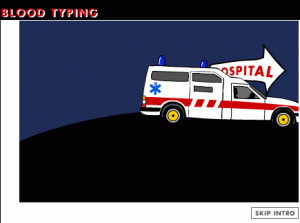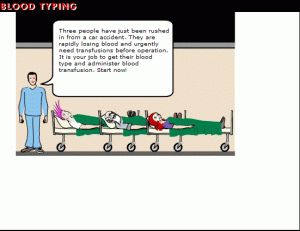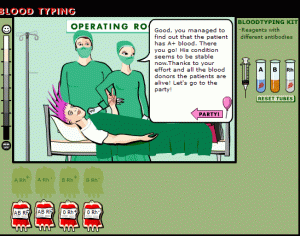 This is a guest post by Cynthia Rankin. Cynthia Rankin is an American who lives in Chennai. She is married to an Englishman, Stephen Rankin. While in England, Cynthia qualified as a TESL instructor and learned to teach English with a British accent. Coming back to America, she helped develop a TEFL teacher training program where her students taught Vietnamese boat refugees in Massachusetts. She became a Fulbright Scholarship candidate: her proposal was to analyze Business Indian English. At Towson University in Maryland, she got her Master's in Professional Writing and began publishing articles on Indians in America. She taught various English courses at Harford Community College.
This is a guest post by Cynthia Rankin. Cynthia Rankin is an American who lives in Chennai. She is married to an Englishman, Stephen Rankin. While in England, Cynthia qualified as a TESL instructor and learned to teach English with a British accent. Coming back to America, she helped develop a TEFL teacher training program where her students taught Vietnamese boat refugees in Massachusetts. She became a Fulbright Scholarship candidate: her proposal was to analyze Business Indian English. At Towson University in Maryland, she got her Master's in Professional Writing and began publishing articles on Indians in America. She taught various English courses at Harford Community College.The Rankins missed the kaleidoscope of life in India and moved to Bangalore as trainers. They moved to Chennai and shifted into their beach flat on December 23, 2004, three days before the Tsunami hit. Cynthia continues to write and develop training material for business communication, technical writing and cultural orientation, but most of all, she likes to learn from others.
How to Write in Plain English
Some think that the way to show that they are intelligent and educated is to make to the length of their words, sentences, and paragraphs as long as possible. They learned this technique of academies in university when they read badly written text books. It was also a good technique to bulldoze the dozing professor who marked their papers.
In the real world, business people have to say what they mean. Here are some tips to help you in your business communication. Remember, many people to whom you write have English as a second or third language. Even if English is their first language, they may speak a different dialect and live in a different culture where the same words may mean different things. Read these tips before you send that email, that letter, that memo.
- Less is more. The fewer words you use, the better chance your reader will understand what you are trying to say. There is less chance your reader will misinterpret your message. So before sending your message, play a game. See how many words you can take out of each sentence without loosing the main thought. Remember, you are not writing literature here. Lose the adverbs and adjectives. Fewer the words the readers have to keep up in the air until they get to the end of the sentence, the better they will understand what you are trying to say. They will read faster and find it more enjoyable.
- Before you do anything else, find actors. Even if you are writing the most dry business communication, you are still writing to a human being. Now all people like stories. No matter what you write, remember this concept. In all stories, there are characters. Make sure you don't use passive sentence unless you have to. Think. Who is responsible for the action in that sentence? Be specific.
- If you have good actors in your sentences, then you have a good start for the rest of your sentence. The next stage is to think about the action. What is the actor doing? Be specific. The team did not conduct an investigation. They were not in front of an orchestra. They didn't conduct. What did they do? Look at that nasty -tion word. That will be your clue. Yes, they investigated. When you say that the team conducted, you have an empty verb that your reader has to juggle. This is a word that does not give meaning.
- But if you use the verb "investigated," then you have to say what they investigated. See why people like using language that covers the truth? The verb "investigated" requires you to reveal to the reader what they actually investigated. Imagine if more government bureaucrats were required by law to write like this.
- K.I.S.S. Keep it simple, sweetheart. Now play another game with your message. See how many words you have where you can find a simpler word-usually one with only one or two syllables. Get rid of Latinate words-those ending in -tion. If you have cleaned up your empty verbs, you may not have so many long words left over. English is a special language because it has about 800 Anglo-Saxon one syllable words. That's why pop music works well in English.
- Now see if you can make your sentences shorter. Every sentence is a thought. When the reader gets to the period or full-stop, he breathes a sigh of relief. He can stop the juggling of your words. They should all make sense. Beware of too many prepositional phrases in a sentence which you are writing in your memo for your boss in the afternoon on the computer from the office. Confused yet? That's prepositional phrase overload.
- You guessed it. If shorter sentences are better, then shorter paragraphs are better. Your paragraph should make one point. If you make another point, then you make another paragraph. When the reader looks at your memo and sees one paragraph that is as big as the page, her eyes glaze over. You'd be surprised how many sentences you can murder. Look for sentences where you have repeated yourself. Look for sentences that need to really be in another memo.
I'll stop here, and see if I followed these tips!






